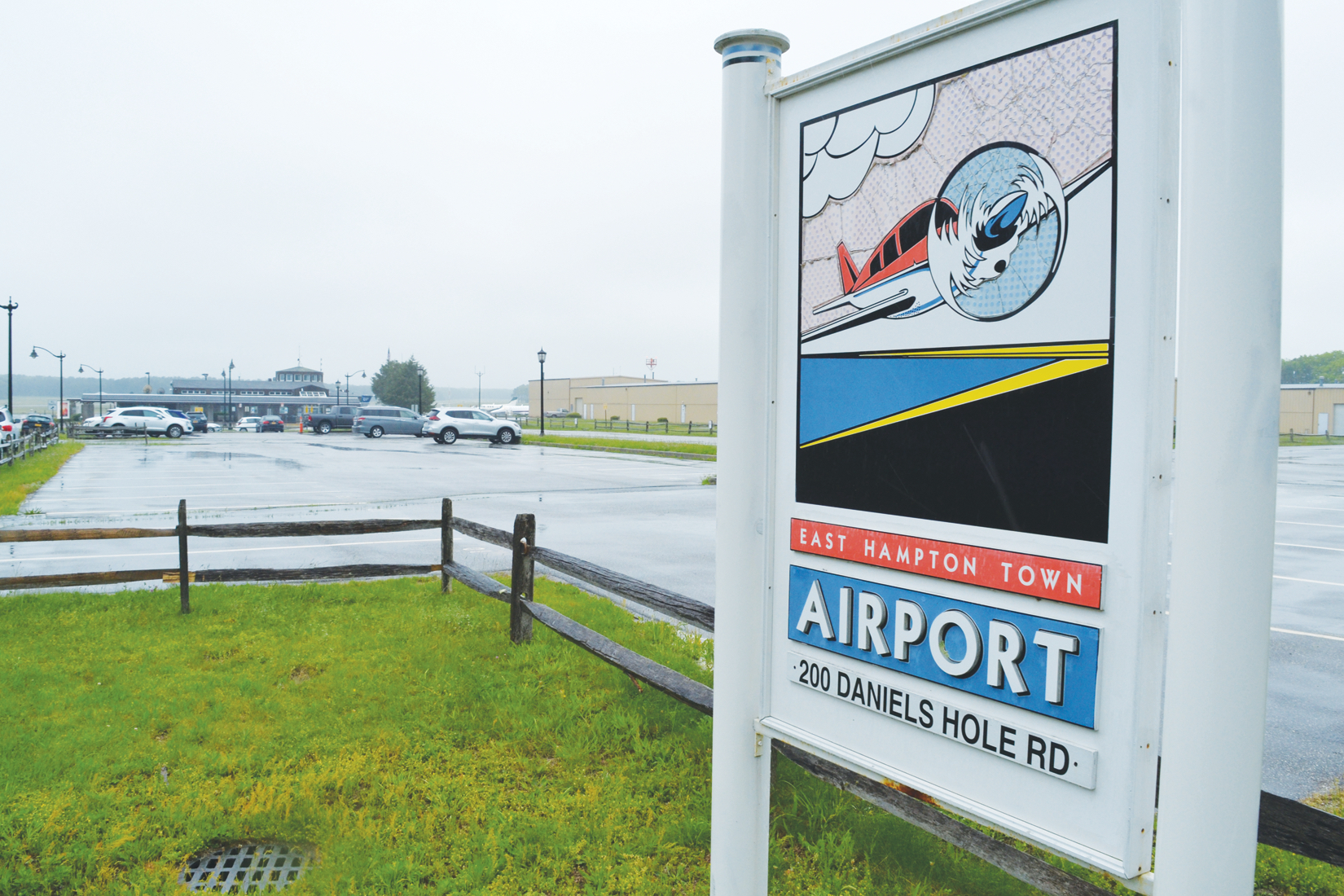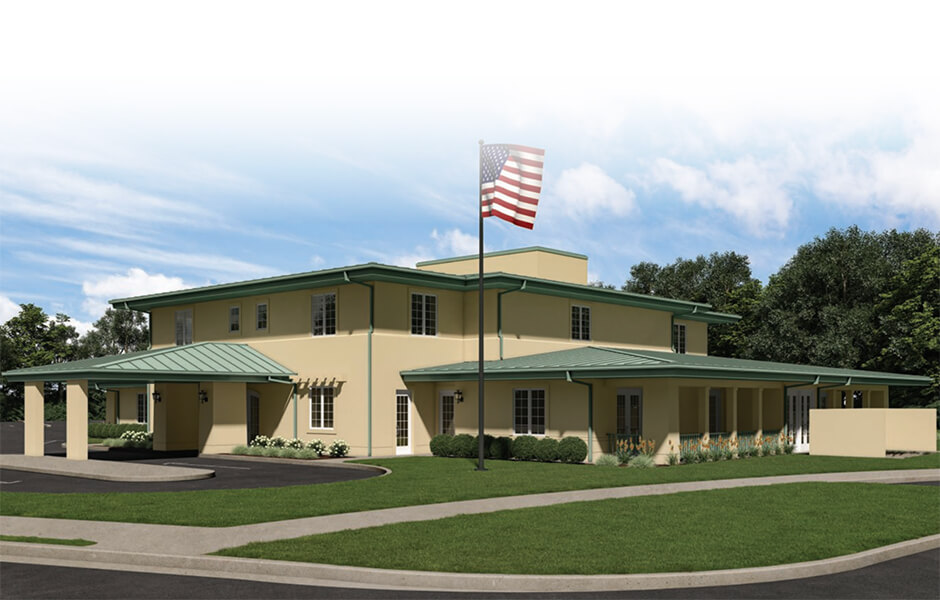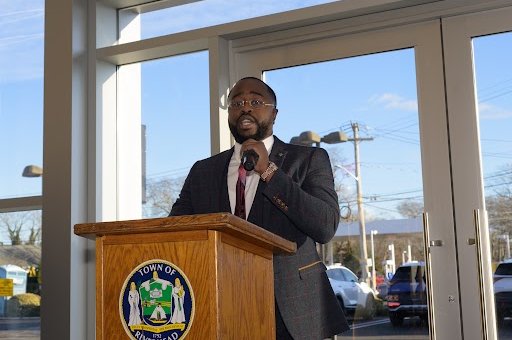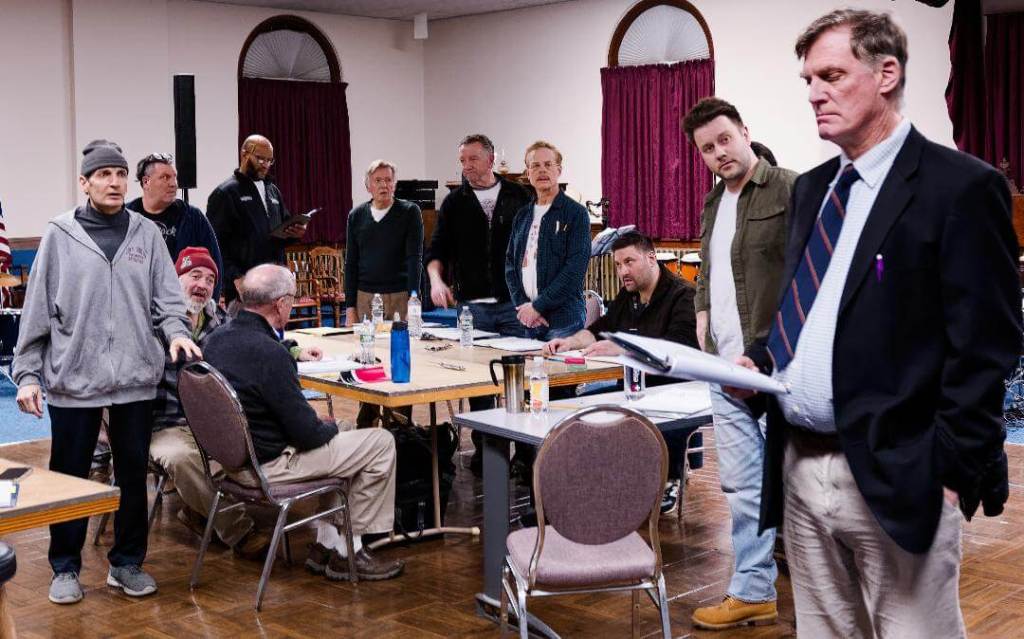Transition Turbulence: East Hampton Airport Flap Lands in Limbo

As the debate over the future of the East Hampton Airport skyrockets with an intensity fueled by a torrent of lawsuits and talk of closure, the facility’s future appears cloudier than ever.
It’s been more than a month since a Suffolk County court judge temporarily grounded the Town of East Hampton’s plans to close the airport for 33 hours in May and convert it to a prior permission required model in an effort to restrict flights.
In response to that decision stemming from aviation interests filing four lawsuits aimed at canceling the plan altogether, town officials have begun exploring closing the airport instead.
And the Village of Sag Harbor got caught in a related debate over advertisements offering seaplane service using the water off its coast as an alternative — all as the peak season crowds return upon school letting out for summer.
“This is a mess of the town’s own making,” Randy Mastro of the Manhattan-based law firm of Gibson, Dunn & Crutcher LLP, who represents charter flight booking app operator Blade Air Mobility in one of the suits, wrote in a motion asking the court to fine the town for allegedly violating the temporary restraining order (TRO).
The wrangling follows a long-standing debate over the airport. The town had been barred from enacting restrictions until Federal Aviation Administration grant assurances expired in September.
Environmentalists and neighbors complaining about noise called for its closure, while business leaders said that doing so would negatively impact the local economy. A federal court had struck down a prior town attempt at enacting flight rules years prior.
A day before the town planned to convert the airport, Judge Paul J. Baisley, Jr. had issued a TRO barring the Town of East Hampton from following through on its plan to deactivate the airport at 11:59 p.m. on May 17 and activate the new airport in Wainscott at 9 a.m. May 19.
It would be the second time the plan was delayed. An earlier attempt was derailed in February.
The FAA said that despite the court order, it had to move forward with changing the airport code, its approaches, and other procedures to maintain airspace safety.
“The deactivation of the East Hampton airport is a process that cannot be quickly, and more importantly safely stopped, or undone, by the FAA, as certain steps have already been taken,” FAA Regional Administrator Marie Kennington-Gardiner had written in a letter to the town.
East Hampton Airport’s prior code of HTO was changed to JPX. The switches would enable the town to enact new flight curfews, limit the number of takeoff and landings per aircraft and other restrictions. The litigation threw a wrench in those plans, but the plaintiffs allege that the town also started enacting new flight restrictions anyway after the FAA changes happened.
Bill O’Connor, an attorney with the law firm of Cooley LLP that the town hired to handle the airport transition, said at a June 7 town board meeting that East Hampton would explore closing the airport in response to the “mountain of litigation.”
“Unless the town can achieve the community’s desire for a balanced airport in the near term, it is our understanding the town must now pursue a path to closure,” he said.
The plaintiffs added that talk to their request to have Baisley find the town in contempt of court. Both sides are due back in court on June 23.
Besides Blade and two other groups suing in county court, the National Business Aviation Association (NBAA) and others filed a pair of motions in federal court that challenged the transition’s compliance with a previous federal appeals court ruling on the issue and alleged that the move violates the Airport Noise and Capacity Act of 1990 (ANCA).
Outside of court, Blade had begun advertising new regularly scheduled seaplane service from Manhattan to the float in the bay off Sag Harbor, which alarmed officials and residents there who were concerned about a potential increase in flights there if the East Hampton Airport restrictions go into effect.
In response, the village held a hearing on the issue and Blade CEO Rob Wiesenthal, a Sag Harbor area resident, published a full page ad in a local newspaper trying to calm concerns.
That brouhaha came after representatives of Blade confirmed reports that trips to East Hampton Airport will be $1,025 — up nearly 30% from $795 per passenger — once new rules limit the company to one trip per day, diverting many of Blade’s flights to surrounding airports.
When will the East Airport saga finally arrive at its destination? The only certainty at this point is that it won’t be as speedy as a 42-minute helicopter flight from Manhattan to the Hamptons.



